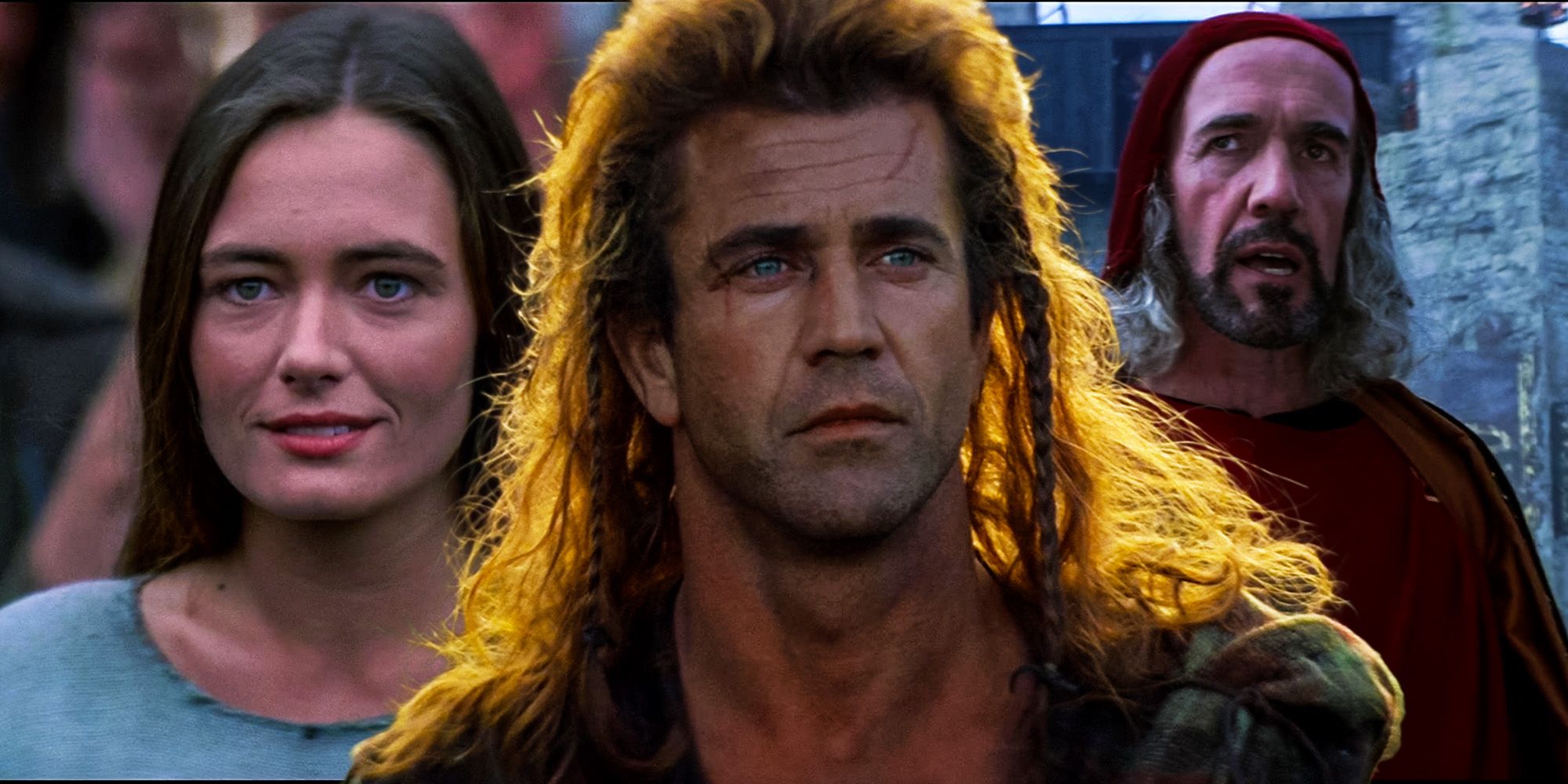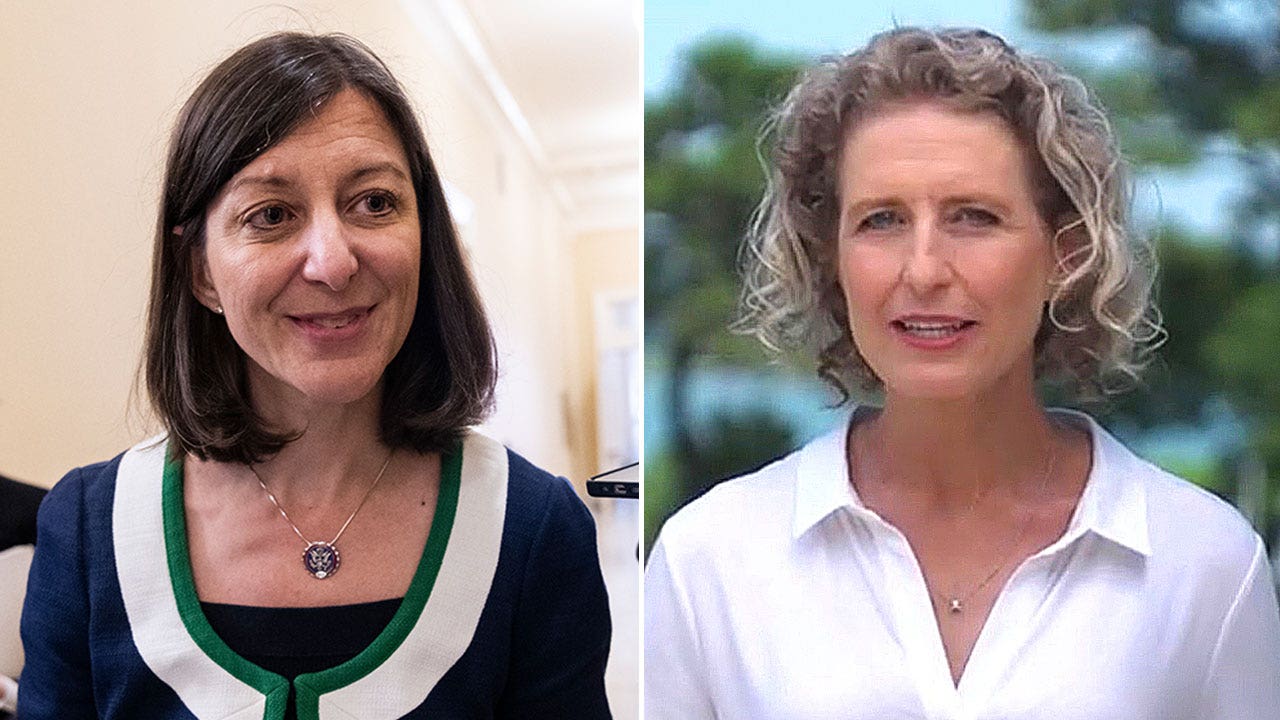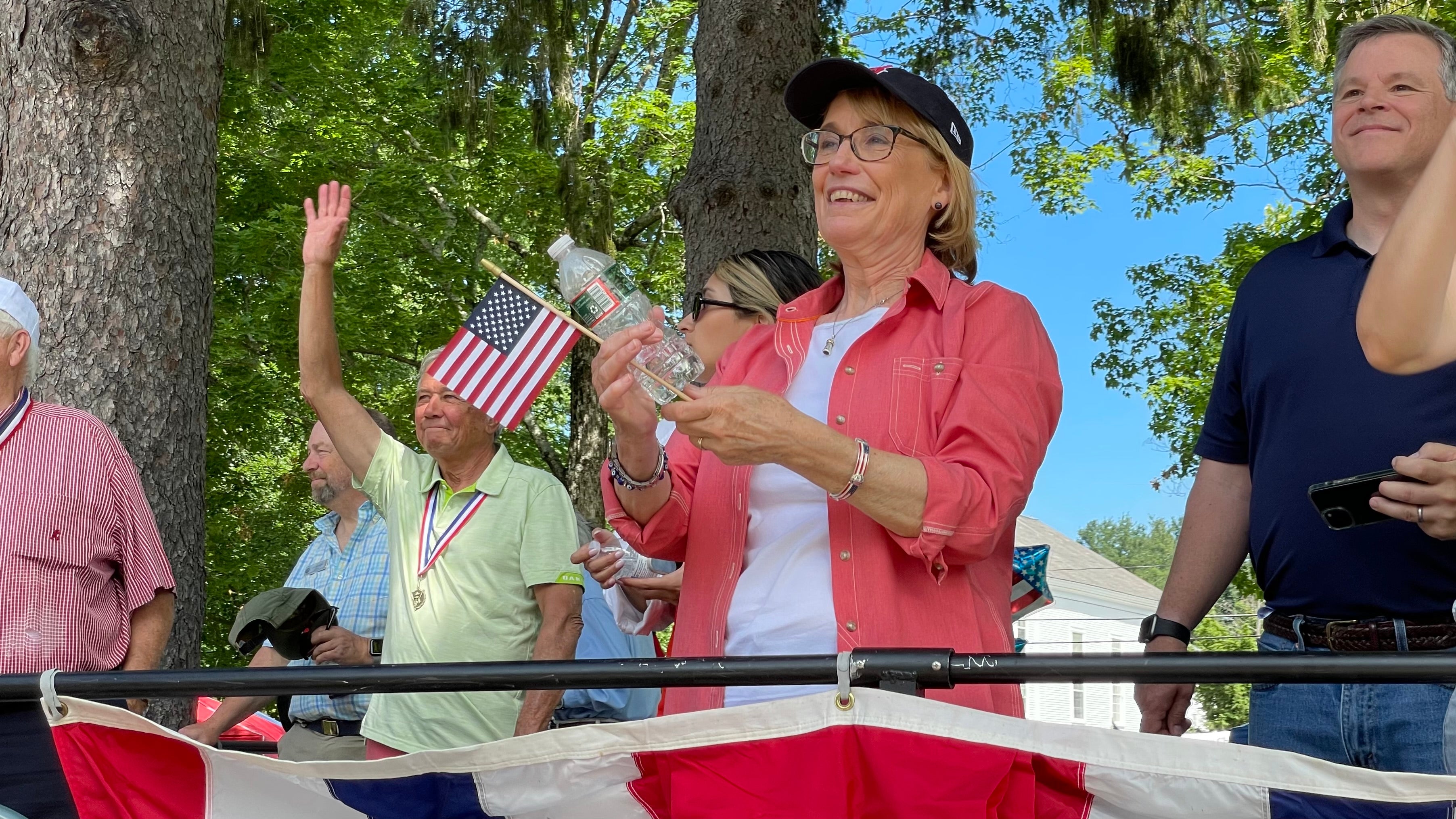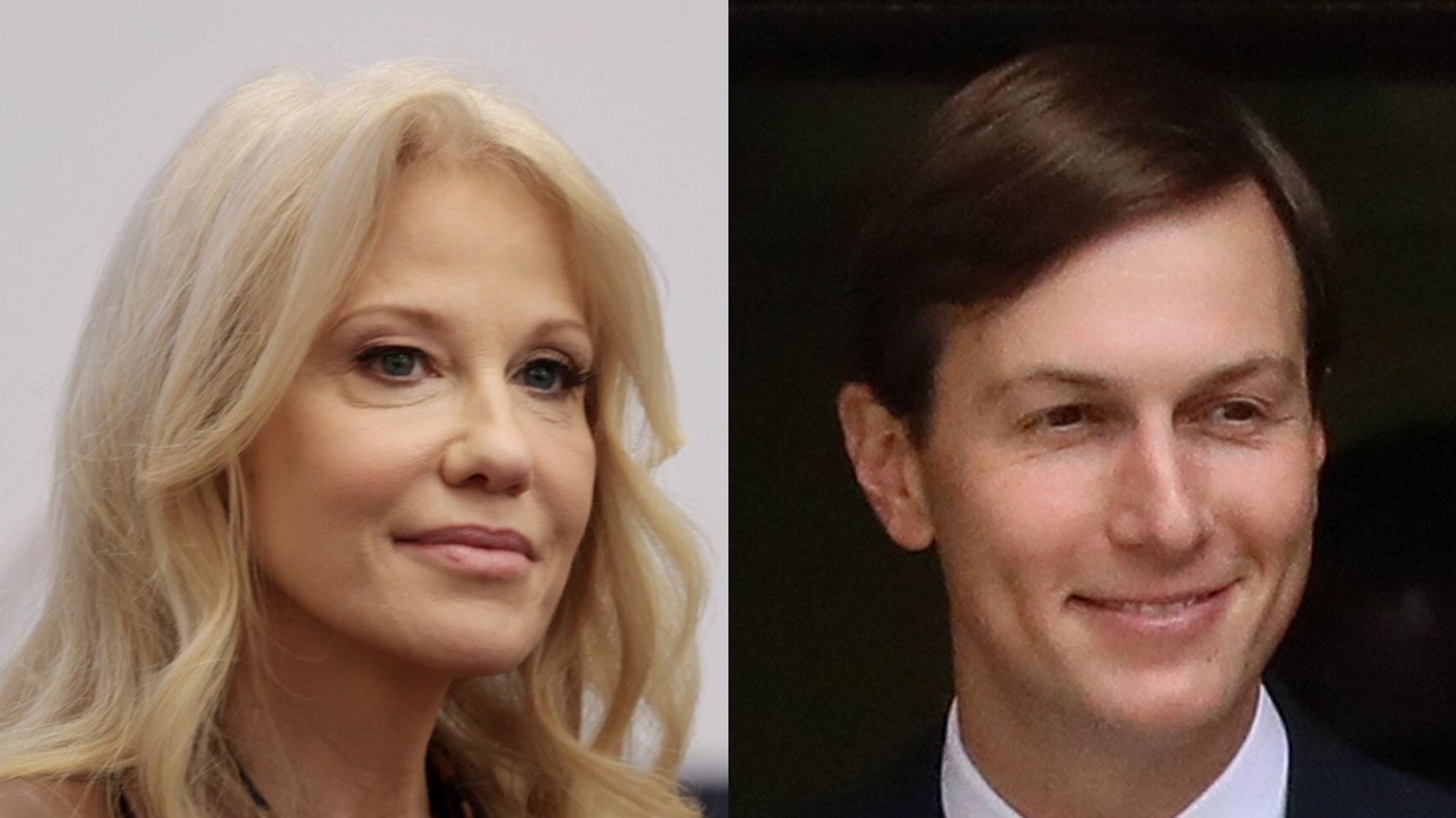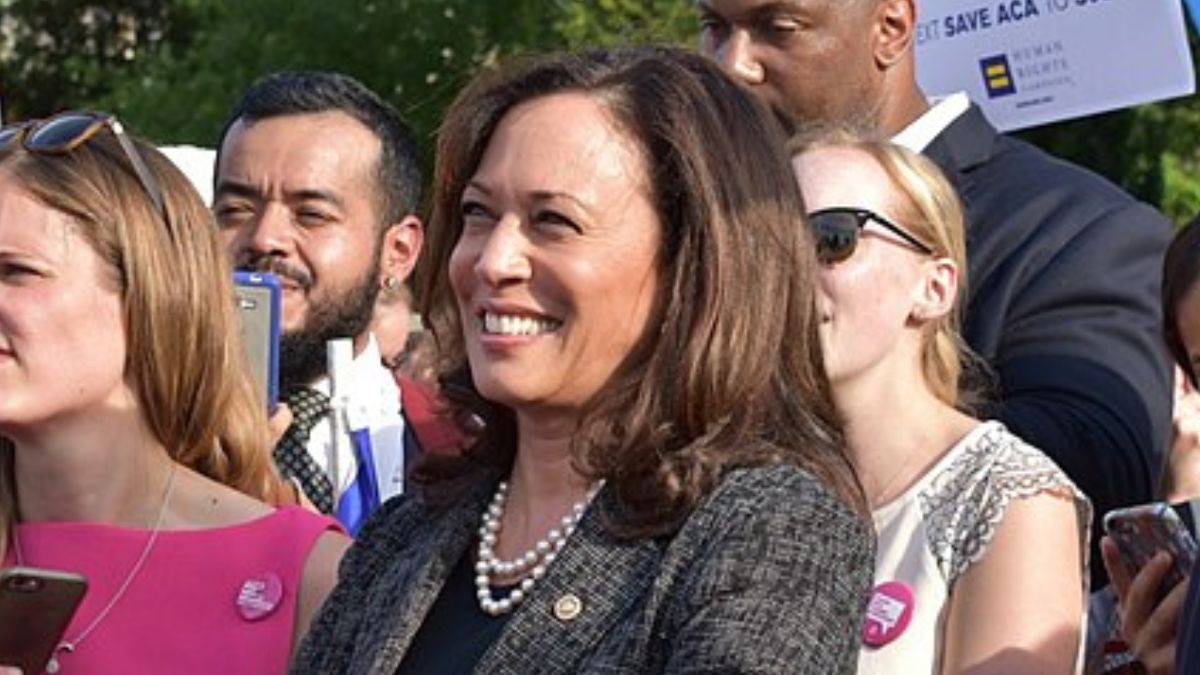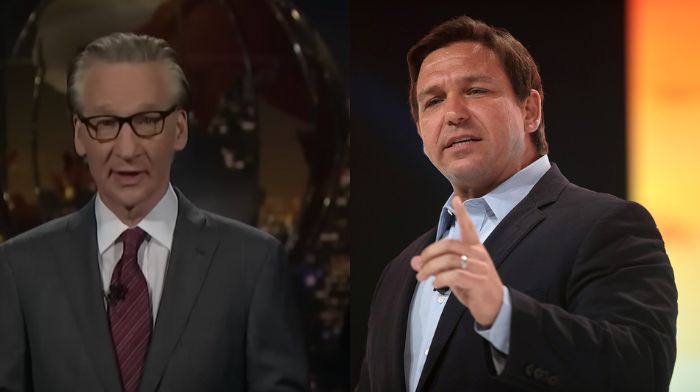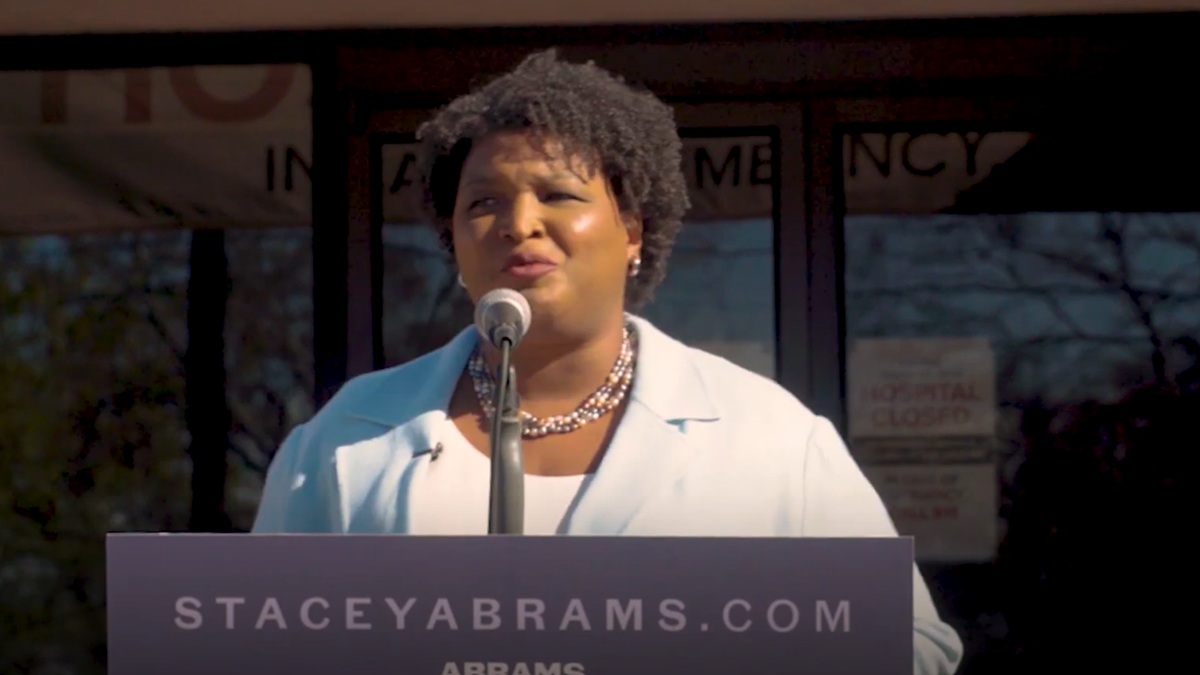Braveheart is a thrilling film, but it’s frankly one of the least historically accurate movies ever made. “They may take our lives, but they’ll never take our freedom!” The speech by William Wallace is one of the most famous in film history. To a generation of moviegoers, Mel Gibson’s Braveheart cemented William Wallace’s place as one of the greatest military leaders of all time.
Gibson’s film portrays William Wallace as a reluctant hero who draws his sword in vengeance after his beloved wife is murdered. It then proceeds to tell the story of his life, exploring some of his key battles—such as the victory at Stirling Bridge and the defeat at Falkirk—and ultimately ends on a tragic note, as Wallace is betrayed and put to death by the English. Braveheart‘s conclusion is an optimistic one, however, presenting him as the inspiration for Robert the Bruce, who would ultimately lead Scotland to freedom.
Unfortunately, as thrilling as the film may be, in truth it’s generally considered one of the least historically accurate movies. That’s largely because Braveheart director and star Mel Gibson drew upon the account of a bard named Blind Harry, a storyteller who claimed to use primary sources when writing his account of Wallace—but probably didn’t. All this means Braveheart should really be seen as a movie based on a fictional account loosely inspired by historical events, and it’s no surprise the film is historically inaccurate.
William Wallace Wasn’t “Braveheart” At All
Braveheart rejoices in its inaccuracies, owning them from the start—because even the title is wrong. Most viewers will naturally assume “Braveheart” refers to William Wallace, but the name is actually associated with Robert the Bruce. According to the 14th-century writer John Barbour, Robert the Bruce always regretted not going on a Crusade. He had one of his knights swear to take his heart to Spain in a silver case after his death, so he could find some way of participating in a Crusade. In the heat of battle, this knight threw the urn containing the heart at the opposing army, crying out, “Lead on brave heart, I’ll follow thee!” Braveheart‘s title has nothing to do with William Wallace, nor is the reason for the name ever shown in the film (thankfully).
William Wallace’s Backstory In Braveheart Is Completely Fictional
Mel Gibson plays the role of William Wallace well, opening with an account of Wallace’s formative years designed to make him sympathetic. Unfortunately, it’s largely ahistorical, because in reality Wallace was a lesser noble; his father and brother certainly didn’t die in battle against the English. Although Blind Harry does give an account of Wallace’s wife dying in similar circumstances to the film, his version of Wallace is already a bloodthirsty war leader. Interestingly, Blind Harry doesn’t appear to have named Wallace’s wife at all, with the name “Miranda” added by later scholars who copied his manuscripts. Braveheart goes for a more traditional name: Murron.
Braveheart Makes Up The Reason For William Wallace’s War On The English
William Wallace’s war on the English had nothing to do with revenge in the real world—and it was certainly nothing to do with the “noble right” of Jus Primae Noctis, the right of a noble to sleep with a local bride on her wedding night. Although accounts of Jus Primae Noctis run all the way back to the Epic of Gilgamesh some 4,000 years ago, there’s actually no historical evidence it was ever practiced anywhere in the world, including in Medieval Scotland. Wallace’s motive was, in fact, political; he objected to Edward I’s invasion of Scotland after the death of the Scottish king Alexander III. Wallace’s first known act of rebellion was the assassination of an English High Sheriff in 1297, well before the legendary death of his wife.
Braveheart Bungles The Clothing & Weaponry Of William Wallace’s Time
Braveheart is no more historically accurate when it comes to portraying the clothing and weapons of either the Scots or the English. English soldiers wouldn’t have worn the kind of standardized uniforms seen in Mel Gibson’s Braveheart for centuries, while the Scots’ kilts are equally ahistorical. Wallace would never have worn blue face-paint; it’s associated with the Picti, and would have fallen out of fashion roughly 1,000 years before his time.
Even William Wallace’s legendary blade is wrong, albeit inspired by the Wallace Sword that’s on display in the National Wallace Monument in Stirling. As historian David Caldwell told the BBC, “The so-called Wallace Sword is actually a type of Scottish sword that dates to the late 16th century. This sword was seen at Dumbarton Castle by the famous poet William Wordsworth and his sister Dorothy when they toured Scotland in 1803. One of the soldiers in the garrison told them it was Wallace’s. This is the first time the sword is known to have been associated with the Scottish hero – was the soldier deliberately telling a tale for these English visitors?” In truth, though, this particular element of historical inaccuracy is entirely understandable. The Wallace Sword may not be genuine, but it is of huge symbolic importance.
Mel Gibson’s Braveheart Even Gets Its Battles Wrong
Braveheart even gets its battles wrong. The most egregious is the Battle of Stirling Bridge; for one thing, there’s no sign of a bridge in the film. In the real world, the genius of William Wallace’s tactics lay not in the use of long spears—a common tactic—but rather in the choice of battlefield. Wallace’s army was positioned at one side of a bridge, with the English forced to stampede across it. The bridge served as something of a funnel, neutralizing the superior numbers. Ironically, this wasn’t Wallace’s strategy; it’s credited to Andrew de Moray, another Scottish military leader who died shortly after the Battle of Stirling Bridge. That particular figure never even appears in Braveheart.
The Battle of Falkirk is more interesting, however, with some of the details in Braveheart matching up. The Scottish cavalry did indeed desert during that unexpected conflict, but there’s no evidence the nobles were bribed; rather, it’s likely they were demoralized, and simply abandoned the battle rather than face inevitable defeat. Robert the Bruce, meanwhile, may have been hesitant to wage war against the English, but he never betrayed William Wallace, and certainly not in battle.
The Death of William Wallace
The death of William Wallace is one of the most historically accurate parts of Braveheart – albeit made a lot less grisly. Gibson chooses to merely hint at the horrors Wallace endures; he is hanged, then eviscerated offscreen, before being decapitated. Some more gruesome aspects of the torture, such as Wallace’s intestines being burned in front of him, are understandably cut. Still, it’s odd that a film like Braveheart, which isn’t particularly well-reputed for its historical accuracy, handles the death scenes in a fairly accurate manner.
About The Author















































